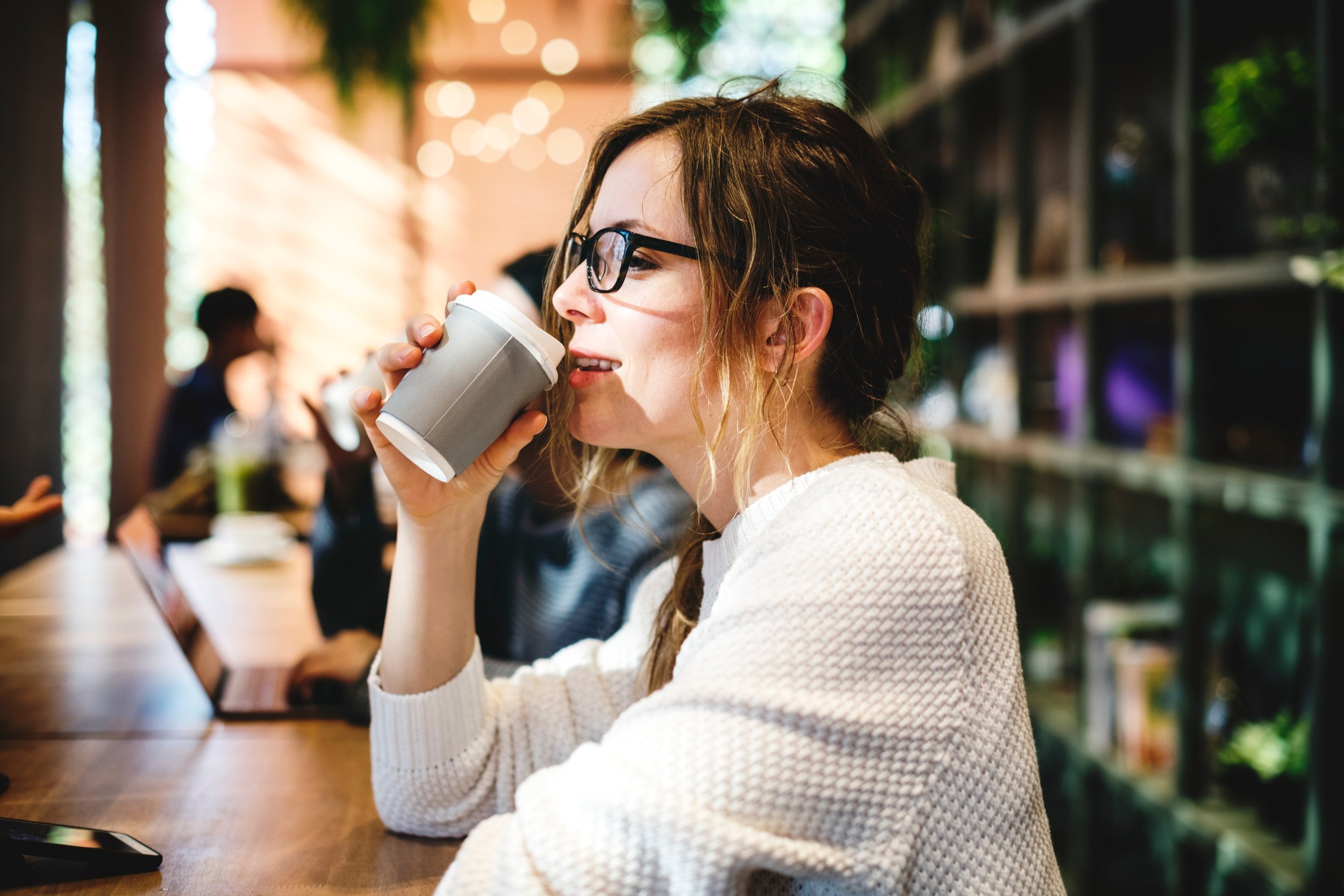Reasons for learning the Alexander Technique vary significantly between people. It’s one of the most interesting, yet seemingly ‘woo woo’ things about the practice; people learn it to address so many different aspects of their lives.
Sometimes the reason is to get out of pain. Sometimes it’s looking for the edge in performance. Sometimes it’s curiosity. Sometimes it’s being encouraged (or forced) by a loving family member to fix your posture.
But what really matters for the student hoping make a change is not the reason for starting, but the reason to continue with their self-practice. For doing the honest observation to get clear on what you’re actually doing with yourself as you move in your life; for putting in the real work to build the skill necessary to integrate the practice into your movements, postures, and reactions; and for stepping up to make new choices for how you embody yourself and act in the world - over and over again.
Sometimes finding motivation to practice is easy because it gives you the immediate reward of feeling better or because it takes you away from pain. But sometimes to continue you practice can challenge your motivation - to become aware of what you’re doing, and to face it head on with new choices can be psychologically and physically (psychophysically) hard. To continue to make these new choices, away from old habits - towards where you want to go and where you want to grow - sometimes requires a deep level of drive.
Because of this, your reasons to continue your practice matter so much more that the one that brought your there in the first place.
Why we’re here:
Practice empowers us to help ourselves
It empowers us to be more responsible for aspects of ourselves that we can be more responsible for -
We can’t control everything in our lives (and the Alexander Technique is not a magic cure to address all our issues), but we can absolutely build so much more awareness and choice in how we embody ourselves and shape the actions and movements we do - especially those that ones limit us. And this often takes care of quite a lot.
Practice helps us connect to the big picture when our focus narrows down -
The Alexander Technique helps us organize our whole self in action; we learn to see how any one part (physical or mental) occurs within a larger overall pattern of your entire self in action. The practice of opening vs. narrowing our attention can positively influence many aspects of behaviour and action, our experience of the environment around us, and thus our lives; often addressing our specific issue along the way.
Practice gives us a way to stay more present in everyday life -
The Alexander Technique can only be practiced in the present moment - our health history and issues, and our concerns about what we think the future holds for us really aren't in question. In practice, those take us away from where we need our attention to be; which is using our moment by moment awareness and intention to figure out what we’re actually doing with ourselves, and to create something new right now.
Practice offers an endless source of new starts and a unlimited means to grow -
The Alexander Technique opens up the opportunity to use any single moment to develop and express more skilled awareness, choice, and enhanced coordination; to make new choices in line with a fuller expression of ourselves and abilities. Any moment becomes an opportunity for a new start, to advance your learning, and to tap into a never ending source of growth towards your fullest potential.












